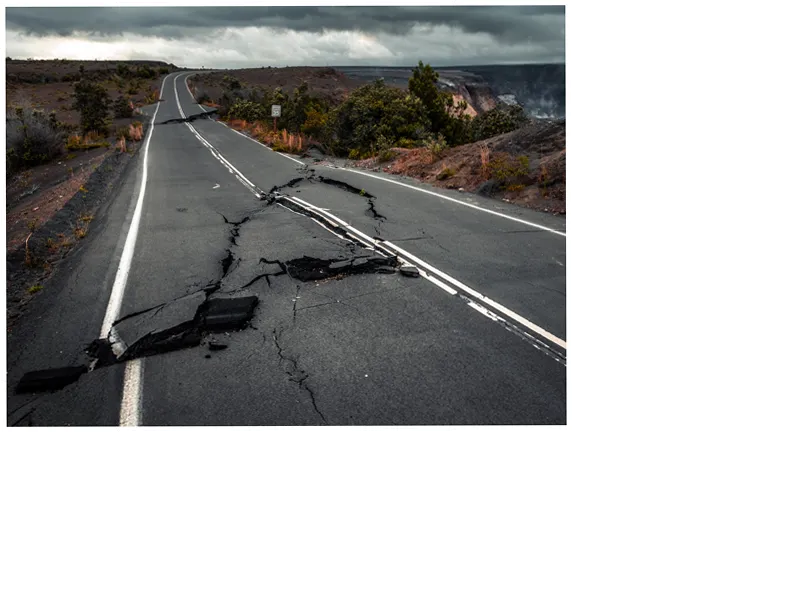The recent earthquake in Turkey has intensified discussions about seismic risks in neighboring regions, particularly in the Arab world.
The concept of 'stress transfer' in geology highlights how seismic events can influence fault lines across significant distances, raising concerns about future earthquakes.
The Dead Sea Rift's role as a motion compensation zone suggests that it may help alleviate tectonic pressures rather than accumulate them, providing a buffer against potential earthquakes.
Future seismic monitoring will be essential in assessing the ongoing risk to the Dead Sea Rift and surrounding areas in the wake of the Turkish earthquakes.
Ongoing research into the stress transfer effects may lead to better predictive models for earthquakes in the region, enhancing preparedness and response strategies.
On October 16, 2024, a new earthquake struck Turkey, reigniting concerns about its potential impact on the Arab world, particularly countries near the Dead Sea Rift. This earthquake occurred approximately 17 months after a significant quake in February 2023, which was noted as the strongest in the new millennium. A study by Turkish researchers highlighted the 'stress transfer process,' suggesting that energy released during an earthquake can affect nearby fault lines, potentially triggering additional seismic activity.
The Turkish study indicated that the rupture from the 2023 earthquake stopped at Lake Amik, near the Dead Sea Rift, creating fears that this area could become a weak point for future earthquakes. This concern extends to regions in Syria, Lebanon, Jordan, Palestine, and Saudi Arabia, where accumulated stress could lead to seismic events.
Experts like Dr. Abdel Aziz Mohamed Abdel Aziz and Zakaria Hemimy provided reassurances, indicating that while there is a theoretical risk of stress transfer to the Dead Sea Fault, the fault is primarily a pressure relief zone. Hemimy emphasized that the Dead Sea Rift functions as a 'motion compensation zone,' which mitigates the tectonic pressure between the Arabian and African plates, thus reducing the likelihood of significant earthquakes in the region.





